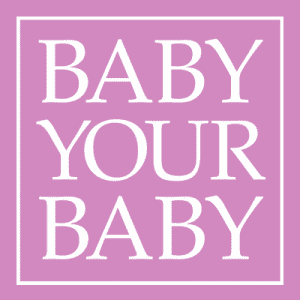The American Optometric Association (AOA) recommends children receive comprehensive eye exams on a regular schedule that begins in infancy.
The first comprehensive baseline eye exam should be received by an eye doctor between the ages of 6 months and 12 months. The InfantSee program provides a one-time, no-cost eye and vision assessment for babies 6 to 12 months old.
A second comprehensive eye exam should be given before school to check for any conditions that could have long-term effects.
Helping Your Child’s Vision Develop
| Birth through 1st Month |
|
| 2nd and 3rd Months |
|
| 3rd and 4th Months |
|
| 4th, 5th, 6th and 7th Months |
|
| 8th, 9th 10, 11th and 12th Months |
|

 Free info for you and your baby! Text BABY to 511411
Free info for you and your baby! Text BABY to 511411
